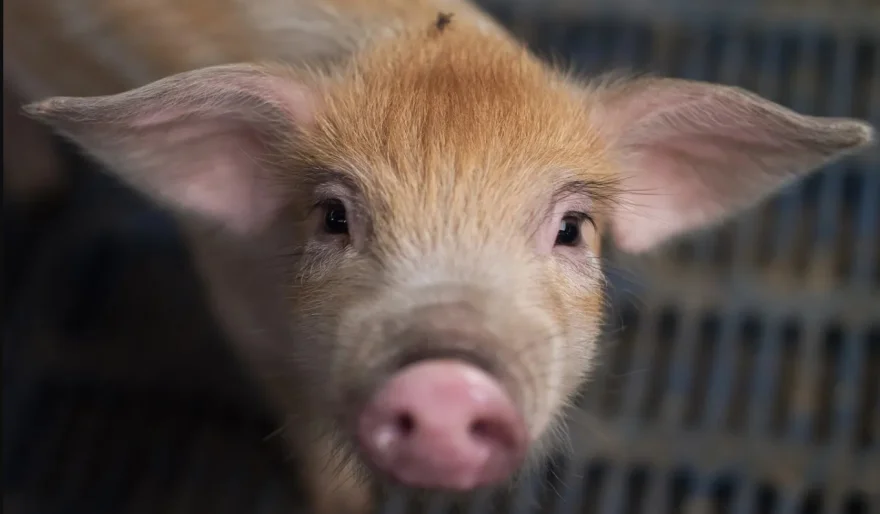Stay Ahead of the Curve
Latest AI news, expert analysis, bold opinions, and key trends — delivered to your inbox.
AI Learning to Read Animal Emotions—A Breakthrough in Animal Welfare
3 min read Researchers are developing artificial intelligence to interpret animal emotions, a step that could transform farming, veterinary care, and wildlife conservation. By analyzing facial expressions and behaviors, AI systems aim to detect pain, distress, and other emotional states in animals. But can AI truly "understand" emotions, or is it simply recognizing patterns based on human-defined markers? February 17, 2025 09:40
Key Highlights
✅ AI-Powered Emotion Recognition – Scientists are training AI to detect signs of pain, sickness, and distress in animals through facial analysis.
✅ Breakthrough Systems – The Intellipig project analyzes pig facial expressions, while AI at the University of Haifa identifies discomfort in dogs.
✅ Self-Learning AI – A Brazilian study trained AI to detect pain in horses with 88% accuracy—without human-labeled data.
✅ Potential Applications – AI could improve farm animal welfare, pet healthcare, and wildlife monitoring.
Why It Matters
🚀 Improving Animal Care – AI could help farmers, veterinarians, and pet owners detect health issues before they become serious.
🦁 Wildlife Conservation Impact – Monitoring stress and pain in wild animals could aid conservation efforts.
🔍 AI’s Limits in Understanding Emotions – While AI can recognize patterns, does it truly comprehend emotional states?
Reactions So Far
🔹 Positive Reactions
✅ Enhancing Animal Welfare – Early detection of illness and distress could improve treatment and care.
✅ Scientific Advancement – Researchers see AI as a tool for deeper insights into animal behavior.
🔸 Negative Reactions & Concerns
❌ Risk of AI Misinterpretation – Critics warn that AI might misread behaviors, leading to inaccurate assessments.
❌ Ethical & Privacy Concerns – Some worry about the potential for AI surveillance in animal industries.
AI’s role in understanding animal emotions is still evolving, but it presents exciting possibilities for animal welfare. Will this technology bridge the communication gap between humans and animals, or is it just another tool with limitations? The answer lies in how we refine and apply it responsibly.



















 AI Agents
AI Agents